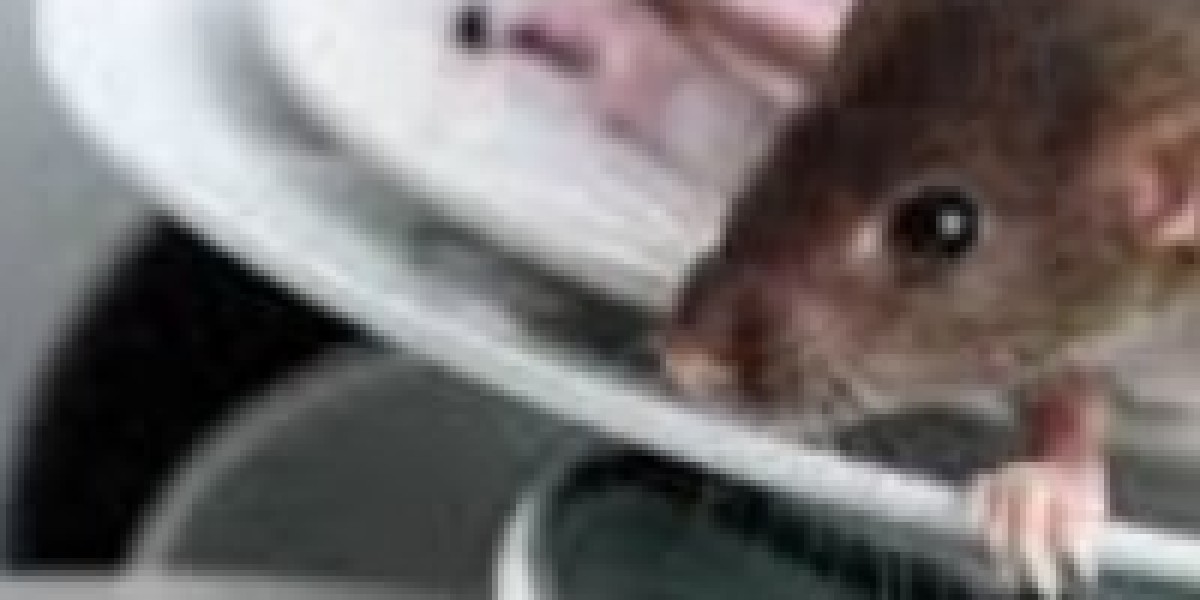Health Risks Posed by Mosquitoes and Flies
Mosquitoes are notorious for spreading illnesses such as malaria, dengue, West Nile virus, and Zika virus. Even without transmitting disease, their itchy bites and constant buzzing disrupt outdoor activities and sleep. Flies, on the other hand, are linked to food contamination and illnesses including salmonella, cholera, and dysentery. Because they feed on decaying matter, garbage, and waste, flies easily transfer harmful bacteria to food and surfaces, endangering health wherever they thrive.
Causes of Infestations
Both insects thrive in unsanitary and poorly managed environments. Mosquitoes breed in standing water, including puddles, clogged gutters, and discarded containers. Flies multiply in areas with exposed waste, organic debris, or unclean drains. Warm temperatures accelerate breeding cycles, leading to explosive population growth. Without timely intervention, infestations quickly spiral out of control.
Effective Mosquito Control Methods
Controlling mosquitoes requires a combination of environmental management and targeted treatments:
Eliminate Standing Water: Remove stagnant water sources to prevent breeding.
Larvicides: Treat water areas where breeding cannot be avoided.
Fogging and Sprays: Reduce adult populations in outdoor spaces.
Personal Protection: Use repellents, window screens, and mosquito nets for added safety.
These steps significantly reduce mosquito populations while minimizing risks of disease transmission.
Effective Fly Control Methods
Fly control emphasizes sanitation and exclusion, supported by professional treatments:
Proper Waste Management: Seal garbage bins and remove trash frequently.
Sanitation Practices: Keep kitchens, drains, and food preparation areas clean.
Traps and Lights: Use UV light traps or sticky traps for monitoring and reduction.
Chemical Control: Insecticides applied by professionals help manage severe infestations.
Combined, these methods reduce fly activity and minimize health hazards.
Role of Professional Pest Control Services
While simple measures help, professional mosquito and fly control delivers long-term effectiveness. Trained technicians identify breeding sites, apply eco-friendly treatments, and design customized solutions based on infestation severity. They also implement integrated pest management (IPM), a sustainable approach emphasizing prevention, monitoring, and minimal pesticide use. Regular follow-ups ensure infestations do not return.
Benefits of Mosquito and Fly Control
Health Protection: Reduces disease risks from contaminated food and insect bites.
Improved Comfort: Creates pest-free indoor and outdoor environments.
Food Safety: Safeguards kitchens, restaurants, and food storage facilities.
Peace of Mind: Provides reassurance that harmful pests are managed effectively.
Conclusion
Mosquito and fly control is vital for maintaining health, hygiene, and comfort in everyday spaces. Through preventive practices, targeted treatments, and professional services, individuals and businesses can keep these pests under control. Proactive management not only reduces risks but also ensures safer, cleaner, and more enjoyable environments year-round.
Would you like me to also create a shorter 200–250 word version of this article, optimized for quick reading on service websites?







